
THE CRAFT OF
A DETAILED PLANNING GUIDE FOR DEFENSE PLANNERS AND ANALYSTS
WARGAMING
THE CRAFT OF
A DETAILED PLANNING GUIDE FOR DEFENSE PLANNERS AND ANALYSTS
WARGAMING
COL. JEFF APPLEGET, USA (RET.), COL. ROBERT BURKS, USA (RET.), AND FRED CAMERON
NAVAL INSTITUTE PRESS
ANNAPOLIS, MARYLAND
Naval Institute Press
291 Wood Road
Annapolis, MD 21402
2020 by Jeff Appleget, Robert Burks, Fred Cameron
All rights reserved. No part of this book may be reproduced or utilized in any form or by any means, electronic or mechanical, including photocopying and recording, or by any information storage and retrieval system, without permission in writing from the publisher.
Library of Congress Cataloging-in-Publication Data
Names: Appleget, Jeff, author. | Burks, Robert, author. | Cameron, Fred, date author.
Title: The craft of wargaming : a detailed planning guide for defense planners and analysts / Jeff Appleget, Robert Burks, Fred Cameron.
Other titles: Detailed planning guide for defense planners and analysts
Description: Annapolis, MD : Naval Institute Press, [2020] | Includes bibliographical references and index
Identifiers: LCCN 2020016797 (print) | LCCN 2020016798 (ebook) | ISBN 9781682473764 (hardback) | ISBN 9781682473771 (epub) | ISBN 9781682473771 (ebook)
Subjects: LCSH: War games. | Simulation games. | Military art and science.
Classification: LCC U310 .A66 2020 (print) | LCC U310 (ebook) | DDC 355.4/8dc23
LC record available at https://lccn.loc.gov/2020016797
LC ebook record available at https://lccn.loc.gov/2020016798
 Print editions meet the requirements of ANSI/NISO z39.48-1992
Print editions meet the requirements of ANSI/NISO z39.48-1992
(Permanence of Paper).
Printed in the United States of America.
28 27 26 25 24 23 22 21 209 8 7 6 5 4 3 2 1
First printing
CONTENTS
FIGURES
INTRODUCTION
Now the great secret of its power lies in the existence of the enemy, a live, vigorous enemy in the next room waiting feverishly to take advantage of any of our mistakes, ever ready to puncture any visionary scheme, to haul us down to earth.
CAPTAIN WILLIAM MCCARTY LITTLE, U.S. NAVY, 1912
T his is not a game at all! Its training for war! I shall recommend it enthusiastically to the whole army.
Wargaming practitioners can see that free Kriegsspiel, with its focus on humans making decisions, is the ancestor of what is today referred to as wargaming. Rigid Kriegsspiel, with its extensive rules and calculations, is actually more akin to the computer-augmented wargames and computer-based combat simulations that became the go-to analysis solution for defense organizations around the world since the late twentieth century. Both wargames and combat simulations address the study of warfare, human decisionmaking, and the calculation and quantification of combat outcomes, respectively, but neither provide a stand-alone analysis capability to be used in exclusion of the other.
This book is designed to support defense planners and analysts on their journey from wargaming apprentices to journeymen in the craft of wargaming. Our focus is on providing these individuals a window into wargaming, which is a part of their professional development. Despite the books focus on wargaming apprentices, we believe that professional wargamers, senior leaders, and all decisionmakers in government and industry will gain something from the principles covered in this book. Hopefully, these individuals will acquire new insights or wargaming techniques to augment their capabilities or simply a better understanding of what wargaming can do for them. Despite our focus on the Department of Defense (DoD), the topics covered in this book will apply to the whole of government and any groups or individuals wrestling to gain insights into complex or wicked problems. We also believe that hobby or commercial wargamers will find part II of the book, with its focus on designing the wargame, of particular interest in the design and development of their own wargames.
Before we can begin our journey, we require a solid foundation upon which to build a study of wargaming, and this starts with a clear and These definitions capture many of the necessary elements of wargaming, but they also capture most military activities short of actual operations, to include the use of closed-loop computer-based combat simulations. In short, the definition is too broad to serve as a starting foundation.
The use of the terms model and simulation, while accurate, unfortunately coincided with the rise of computer-based combat simulations in defense organizations in the 1990s, and these simulations were grouped under the general term modeling and simulation or M&S. This nomenclature muddied the waters, and many analysts and military leaders saw computer-based combat simulations as a replacement for wargaming, misunderstanding that these combat simulations had no way of actually replicating the complex human decisionmaking process required to employ forces in combat. Perlas deliberate inclusion of the phrase not involving actual military forces had the additional implications of excluding exercises and experimentsevents that do involve the use of actual military forcesas venues that could also be leveraged to investigate human decisionmaking. Finally, the phrase the opposing sides highlighted a Red versus Blue constructentirely understandable, since for more than four decades following the end of World War II, the Western world focused on a North Atlantic Treaty Organization (NATO)Warsaw Pact kinetic engagement in Europe. However, the collapse of the Warsaw Pact began to force organizations to focus on more than just the Red versus Blue construct.
An updated version of Peter Perlas definition, and one that has been adopted by U.S. doctrine writers, that addresses the critical changes since
The replacement of models or simulations with dynamic representation helps to dispel the notion that wargames must be instantiated on a computer. The omission of the caveat not involving actual military forces is also a welcome change. One of the clear benefits of wargaming is the ability to investigate human decisionmaking without conducting an expensive large-scale exercise that exposes personnel and equipment to risk. However, if a large-scale exercise is to be conducted and it does not detract from the exercises purpose to integrate an investigation of decisionmaking, then that opportunity should be seized. The human decisionmaking portion of the exercise would actually be a wargame, and it should be designed and developed with the rigor necessary to make the event a worthwhile investment of resources. This integration is how wargaming fits within the cycle of research, which will be discussed in chapter 4. One historic example of this comes from World War II, where the Nazis actually wargamed as they were fighting a battle in the Ardennes. The wargame was designed to simulate an Allied attack in the sector the wargaming units were defending, and the Allies actually attacked as the wargame was being played. Field marshal Walter Model had everyone but the commanders whose units were in contact continue to play the wargame as the battle unfolded.
Finally, people make decisions opens the way for the complex world that we face in the twenty-first century where most operations have elements of a whole of government framework and hybrid war constructs that involve much more than the engagement of two military forces in a kinetic exchange.
One goal of all wargames is to immerse the players in an environment with the required level of realism to permit the investigation of the human decisionmaking process. Wargaming is often used in analytic organizations to gain insights into challenges that involve future force structures and force design. Large analytic studies, sometimes called campaign analyses, may use both wargaming and computer-based combat simulations to assess current or future capabilities and concepts. Wargaming is part of the U.S. In addition, there are many other DoD planning activities that are similar to wargames. Command post exercises, tactical exercises without troops, and rehearsal of concept drills are but a few of these activities that share many similarities with wargaming and may actually be considered wargames under the definition we use. Once we have established a good wargaming foundation, chapter 12 will cover these wargame-like activities in more detail, to include addressing when you should use them and what you can expect to gain from them.
Next page
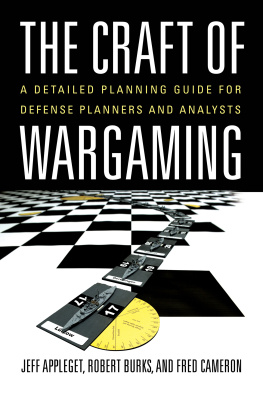
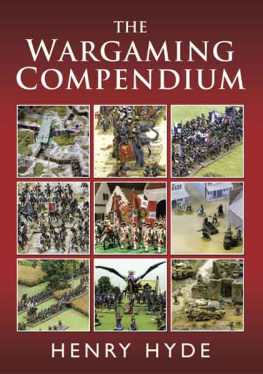

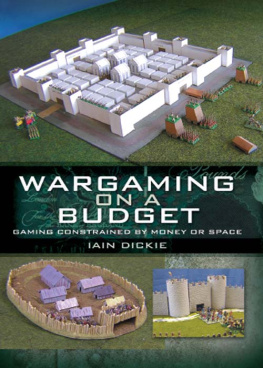
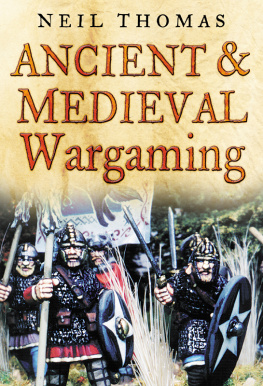
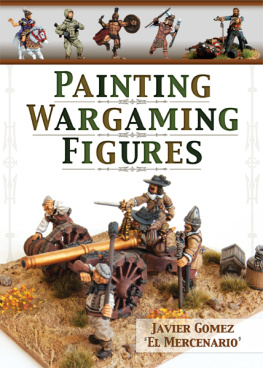

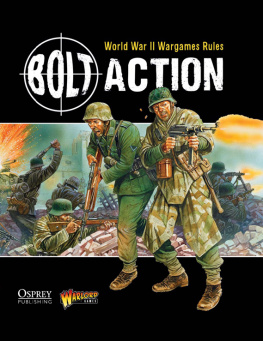
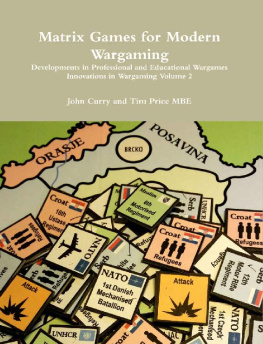
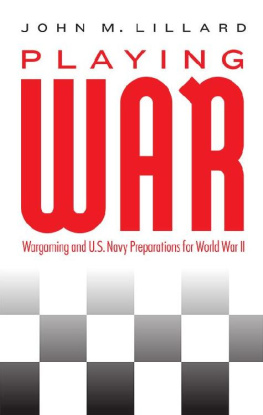
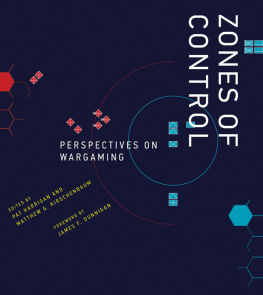

 Print editions meet the requirements of ANSI/NISO z39.48-1992
Print editions meet the requirements of ANSI/NISO z39.48-1992